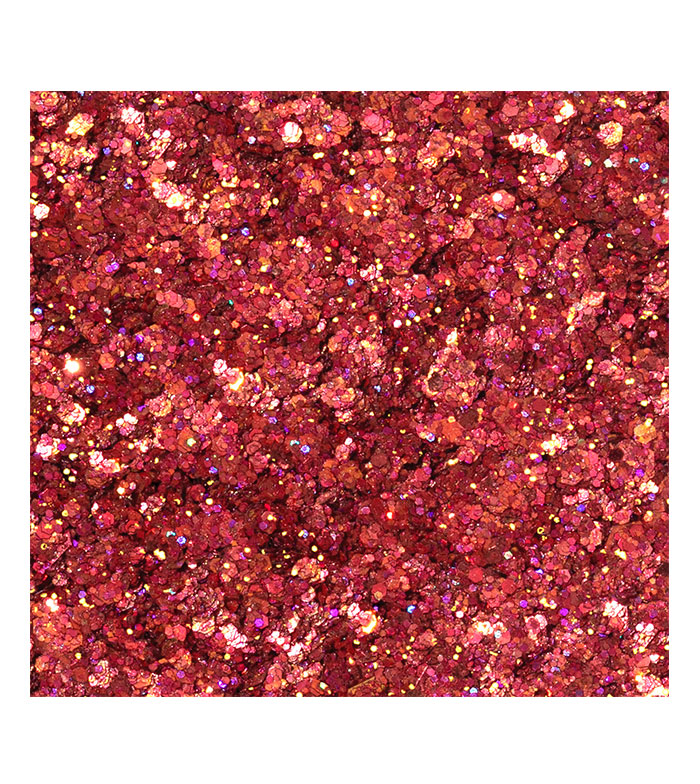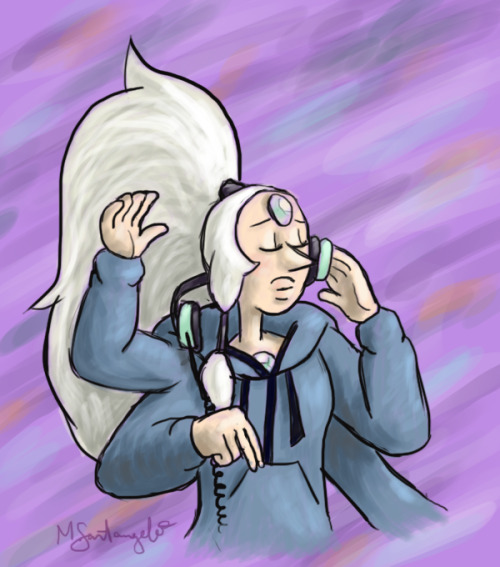

The more notable feature though is the different powerups that both Mario and Luigi were able to obtain throughout the game.

This time, however, with white overalls and a green shirt. Luigi makes his return in this game to be controlled by player two, and once more he was a simple palette swap of his older brother’s sprites. Even Luigi’s name itself comes from a westernizing of the original Japanese name “Ruiji,” meaning “similar.” Swapping More Than Just The Paletteįollowing the success of Mario Bros., 1983’s even more successful, and still popular, Super Mario Bros. Fan’s of Luigi today know that he is meant to be the taller, slimmer, of the two, but back then only their color palette was different, their size and shape were identical. The gamemakers simply swapped out Mario’s blue overalls for Luigi’s green, Mario’s red shirt for Luigi’s black one, and Mario’s tan shoes for Luigi’s blue shoes. Fitting in a new set of sprites for this second character was never going to be easy on such low-capacity cartridges, so Luigi was a simple palette swap of Mario’s sprite set. Mario made his debut in the classic arcade game “Donkey Kong” in 1981, when he was known as “Jumpman.” In 1983, Luigi finally made his debut in “Mario Bros.” Of course, we know the drill. These days, Luigi has his own personality, his own special skills, his own video game series, and even his own real estate - even if it is haunted. While early palette swaps may have been born out of necessity, they eventually took on lives of their own becoming easy ways for developers to add style to their games. Many of the characters and objects that started out as a simple palette swap went on to acquire their own unique design features. The simplest methods swap the color palettes algorithmically, but palettes can also be swapped out manually to better match the game designers’ vision. Allowing developers to increase the number of sprites while working with major graphical limitations. Palette swapping simply involves taking that set of colors and changing them to add variation without remaking, reprograming, and finding space for, a whole new set of sprites. A solution to the problem of memory limitations that went on to be an incredibly popular feature on its own.Įach sprite, even in classic video games, is made up of a surprising number of individual colors. So it’s easy to see how, after squeezing an entire game onto a 128k cartridge, for example, there wouldn’t really be that much room to design, compute, and store a whole new set of sprites for player two’s character.

NES games weren’t dealing in GB or even MB, that’s right, we’re talking about KB. The flashdrive on your keychain has several times more storage capacity than every NES game you ever played combined. These days, everyday micro SD cards can hold several gigabytes of information. From squeezing essentially two Pokemon games onto a single cartridge with during Pokemon’s popular second generation of games, to developing whole new methods of 3D rendering in order to get the best looking games possible. Video games have always pushed the limits of the technology of their time. While modern gamers may take the concept of sprites with different colors for granted, with countless games including alternate color sets, paid cosmetic changes and collectible or rare color palettes, the concept actually has a long history of development and implementation. Alternate sprites in videogames might not seem like that big of a deal from the outside, but those familiar with the soft-resetters, the shiny-hunters, or the gamers who will threaten you with physical violence if you take their Gannondorf color in Super Smash Brothers, know that a simple palette swap can be a big deal to certain people within the gaming community.


 0 kommentar(er)
0 kommentar(er)
